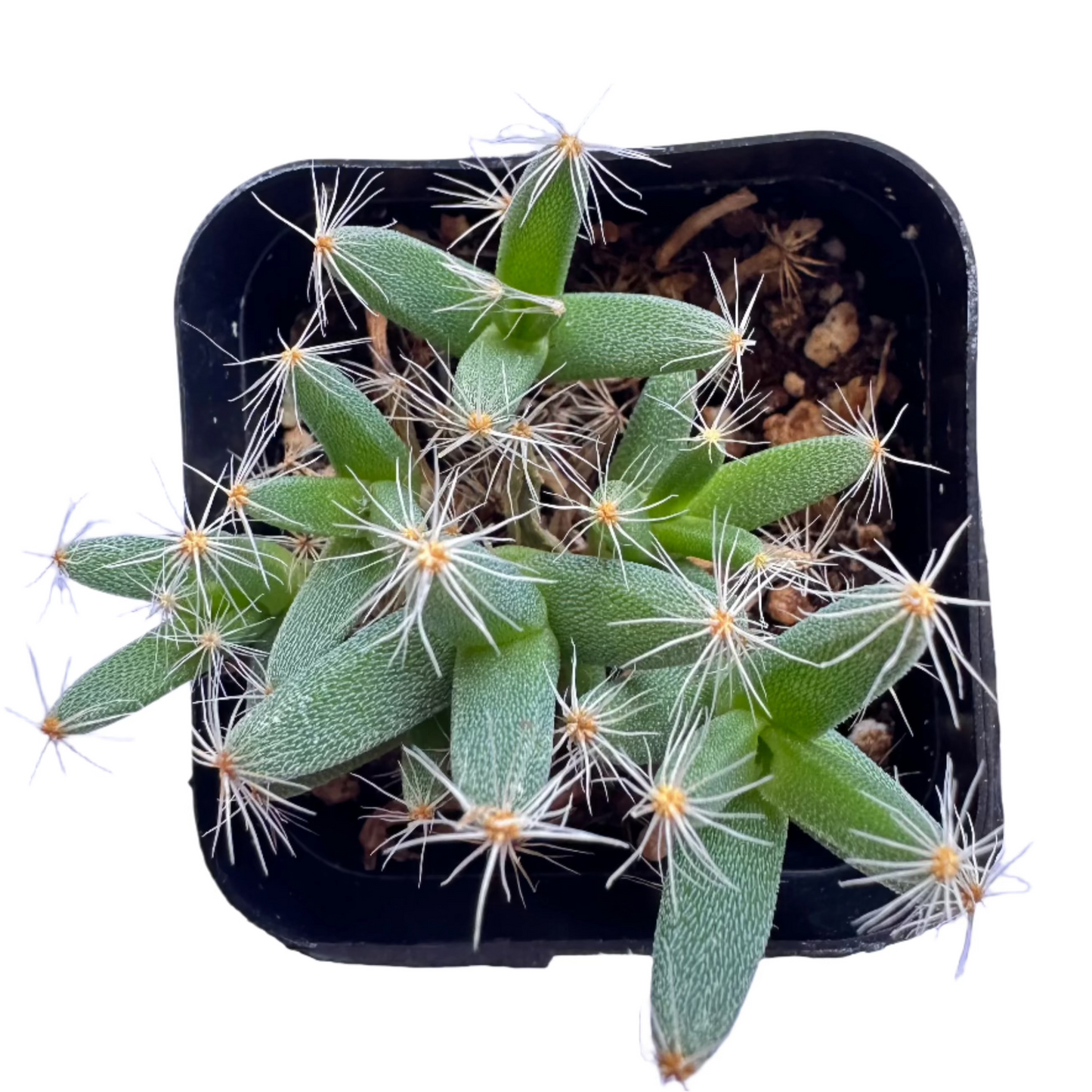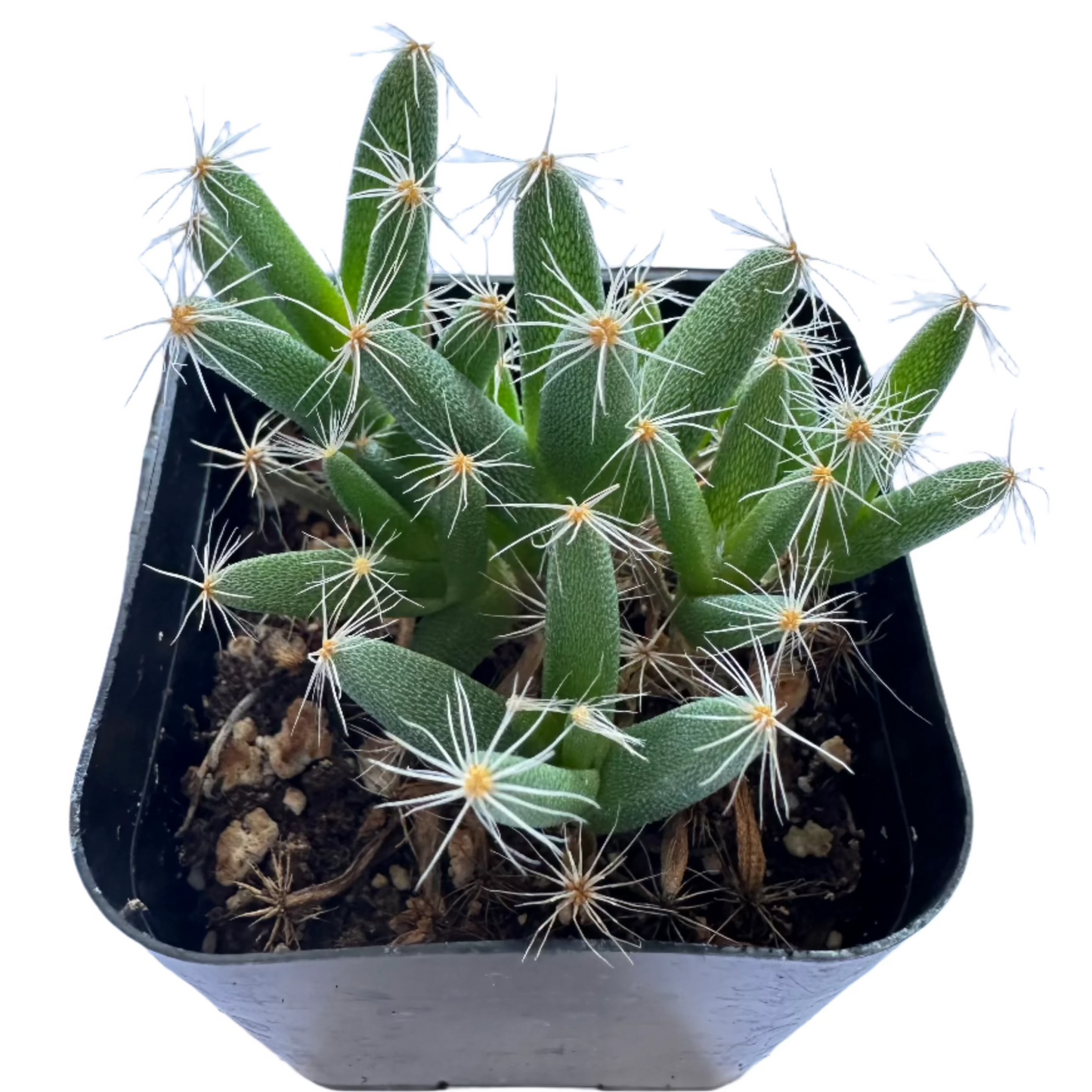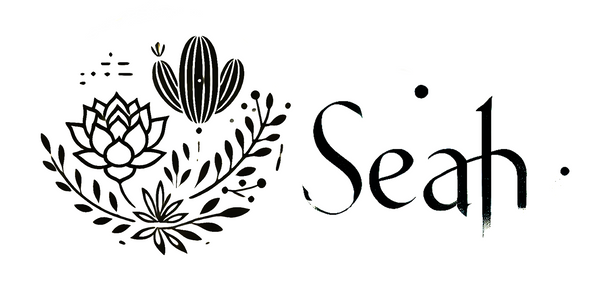SEAH
richodiadema densum - Mini Desert Rose
richodiadema densum - Mini Desert Rose
No se pudo cargar la disponibilidad de retiro
Morphological Characteristics
Trichodiadema densum, commonly known as the Mini Desert Rose, is a small succulent plant belonging to the Aizoaceae family. It is noted for its compact growth and distinctive appearance. The plant features small, cylindrical leaves that are bright green and densely packed along short stems. Each leaf tip is adorned with fine, hair-like bristles resembling tiny brushes or diadems, which is reflected in its genus name “Trichodiadema,” meaning “hairy crown.”
The plant produces vibrant, daisy-like flowers that are typically bright pink to purple with a yellow center. The flowers bloom primarily in the spring and summer months and open during the day, closing at night. The combination of its unique foliage and colorful blooms makes it an attractive addition to succulent collections and rock gardens.
Growth Habits
The Mini Desert Rose is a slow-growing, mat-forming succulent that typically reaches up to 10 cm (4 inches) in height and can spread over 30 cm (12 inches) wide. Native to the arid regions of South Africa, it is adapted to survive in rocky and sandy soils with excellent drainage. The plant thrives in full sun but can tolerate partial shade, especially in hotter climates. It is drought-tolerant and has a natural resilience to dry conditions, making it suitable for xeriscaping.
Maintenance Points
• Lighting: Prefers full sun to partial shade. Adequate sunlight encourages compact growth and abundant flowering. In extremely hot environments, providing some afternoon shade can prevent leaf scorching.
• Watering: Requires minimal watering. Allow the soil to dry out completely between waterings. Overwatering can lead to root rot and fungal diseases. In the winter months, reduce watering frequency as the plant enters dormancy.
• Soil: Use a well-draining cactus or succulent potting mix. Incorporating coarse sand or perlite enhances drainage and mimics the plant’s natural habitat.
• Temperature: Ideal temperatures range between 15-25°C (59-77°F). The plant is not frost-tolerant and should be protected from temperatures below 5°C (41°F). In colder climates, it is best grown in containers that can be moved indoors during winter.
• Fertilization: Feed sparingly during the growing season with a diluted, balanced, water-soluble fertilizer once a month. Excessive fertilization can lead to weak, leggy growth.
• Pruning: Remove spent flowers and any dead or damaged leaves to promote healthy new growth and maintain an attractive shape.
• Potting: When growing in containers, ensure pots have drainage holes to prevent water accumulation. Terracotta pots are recommended as they allow excess moisture to evaporate.
Reproduction Method
Trichodiadema densum can be propagated through stem cuttings and seeds.
1. Stem Cuttings:
• Select a healthy stem segment and cut a 5-10 cm (2-4 inches) piece using a clean, sharp knife.
• Allow the cutting to dry for several days until the cut end forms a callus.
• Plant the callused end into a pot filled with well-draining succulent mix.
• Place the pot in a warm location with bright, indirect light.
• Water sparingly until roots establish, usually within a few weeks.
2. Seeds:
• Collect seeds from mature seed pods after flowering.
• Sow seeds on the surface of a moist, well-draining soil mix without covering them, as they require light for germination.
• Keep the soil consistently moist but not waterlogged.
• Place the seed tray in a warm area with indirect sunlight.
• Germination typically occurs within 2-4 weeks.
Additional Tips
• Pest Control: Monitor for pests like mealybugs and spider mites. If detected, treat promptly with insecticidal soap or neem oil.
• Air Circulation: Good air flow helps prevent fungal issues, especially in humid conditions.
• Overwintering: In regions with cold winters, consider indoor cultivation during colder months to protect the plant from frost damage.
By providing appropriate care and conditions, the Mini Desert Rose can be a delightful and low-maintenance addition to your garden or indoor plant collection, offering unique foliage and vibrant flowers that enhance any space.
Compartir




